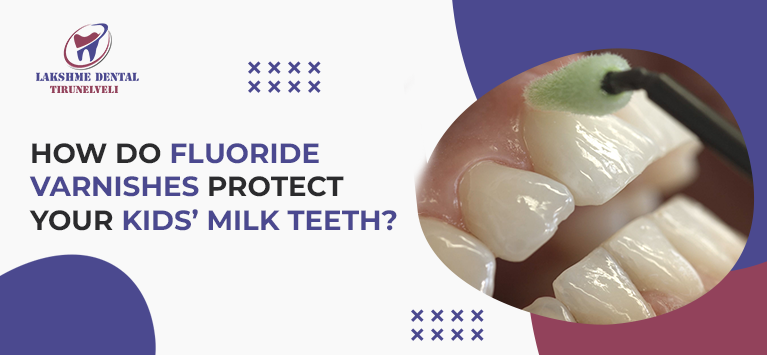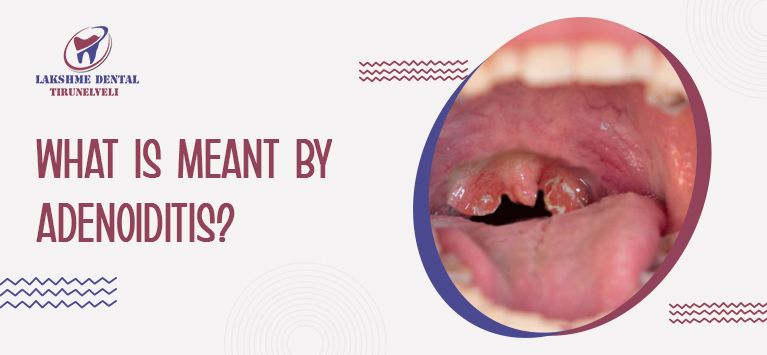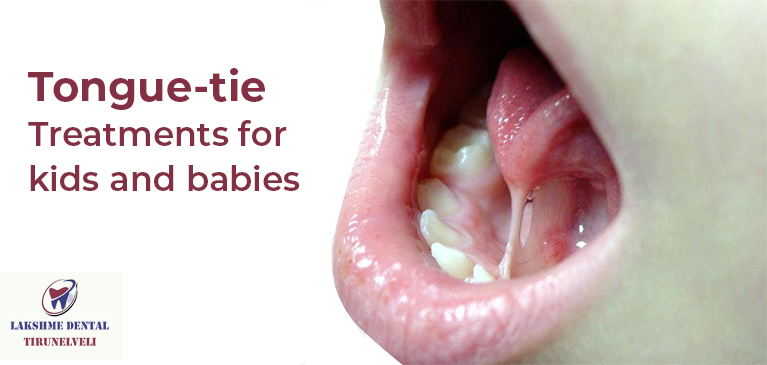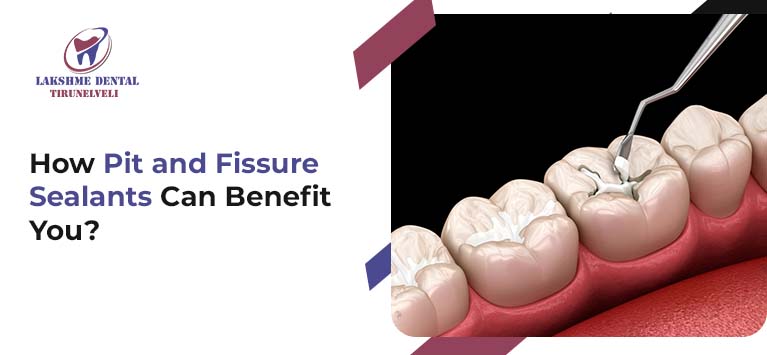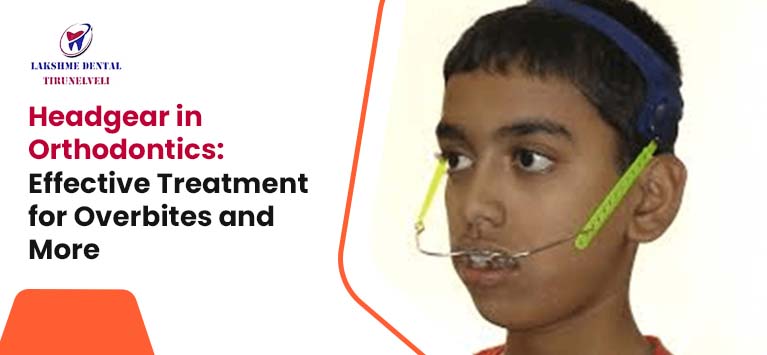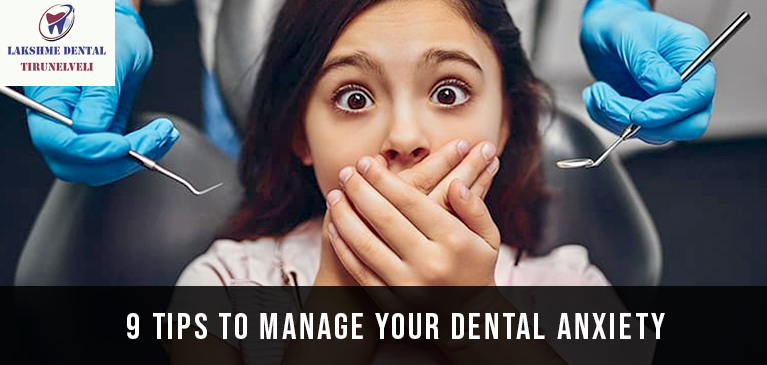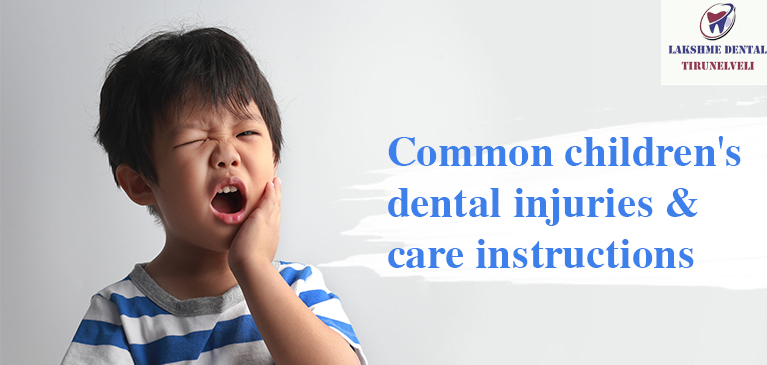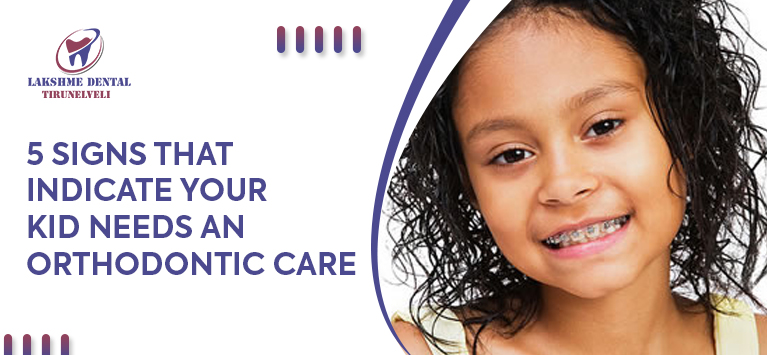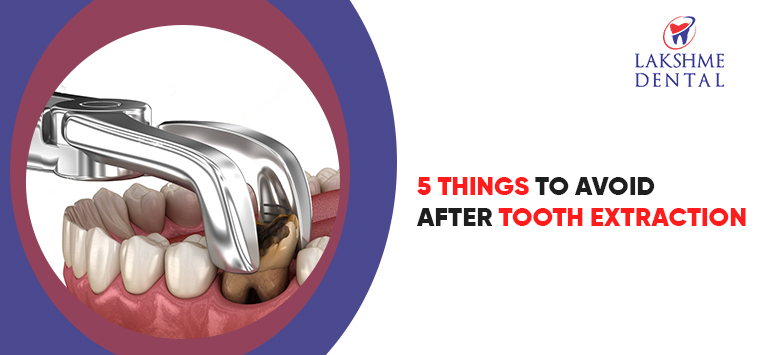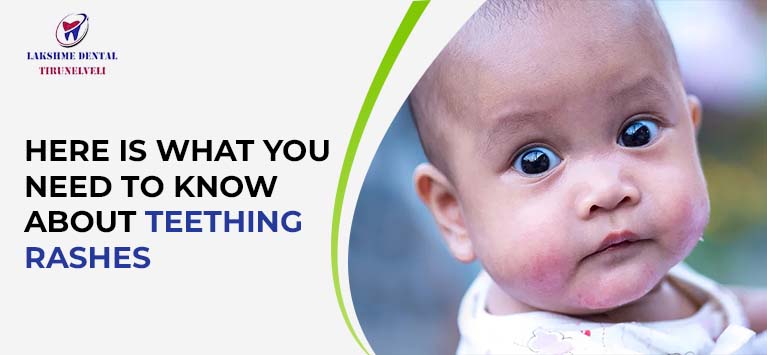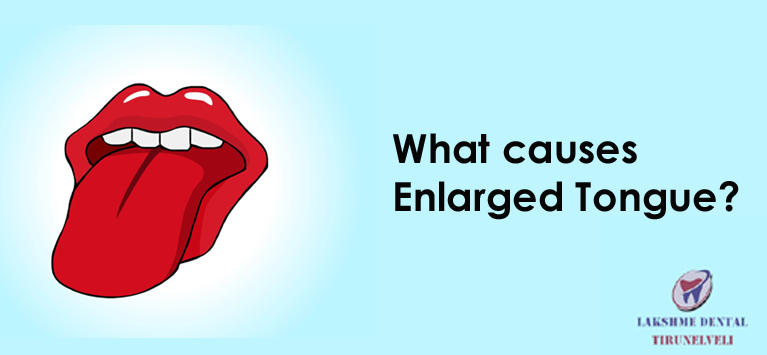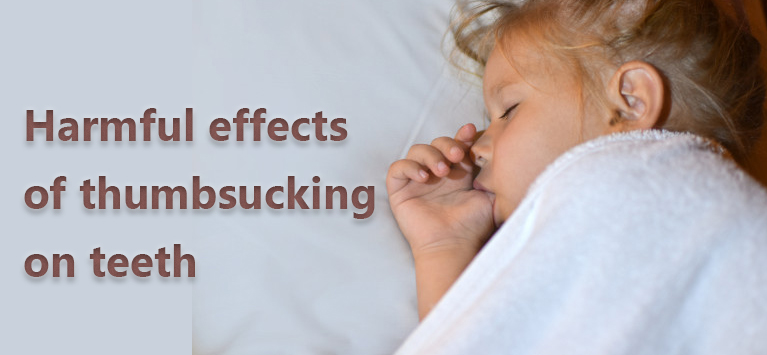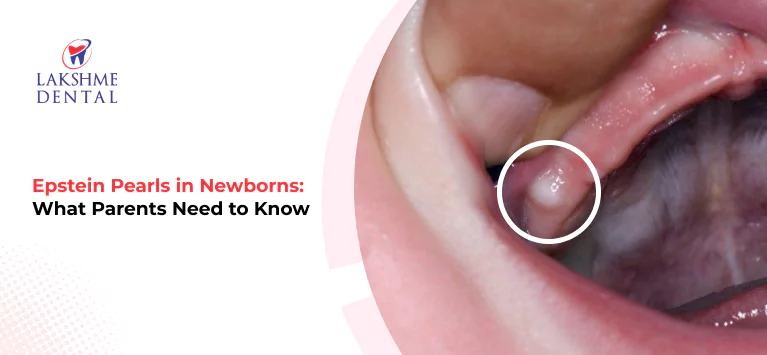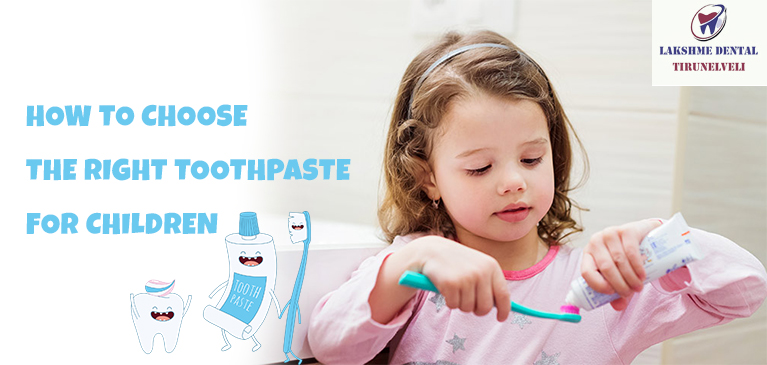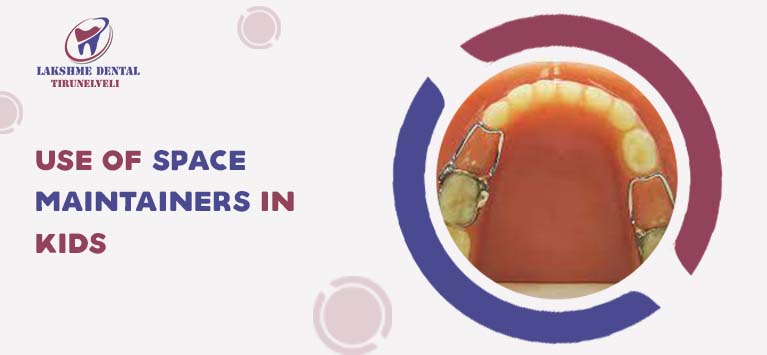
Use of Space Maintainers in Kids
Although it is normal for baby teeth to fall out, kids may sometimes experience tooth loss before their adult teeth erupt. It might not seem like a big deal, but it can lead to more problems if handled improperly. In such cases, your dentist can place a space maintainer device to ensure your child’s adult teeth grow properly. However, it is important to know the benefits of space maintainers and how they can support your child’s dental health.
In this article, you will know about these space maintainers and how it does work.
What are space maintainers?
A dental space maintainer is used for children who lose their baby teeth too early or have their teeth extracted due to dental decay or cavity before their permanent teeth grow. This device holds the space for the proper adult teeth to erupt. Additionally, they prevent the adjacent baby teeth from moving into the gap.
This custom-made device is made of acrylic or metal material. It may be either removable or cemented to the child’s teeth.
The main purpose is to maintain the space, allowing permanent teeth to erupt and come in place properly. They can help prevent misalignment of teeth (malocclusions), overcrowding, and other orthodontic conditions. They don’t cause pain or discomfort because they don’t shift or move your child’s teeth.
The importance of dental spacers
Children may need space maintainers when their baby teeth shift into empty spaces, preventing the permanent teeth from erupting or their adult teeth are erupting in an abnormal position. They need space maintenance treatment for various reasons, such as,
- Your child loses their baby teeth too early or has them extracted due to severe dental decay or cavity.
- Due to the development of their motor skills, it is common for children to get injuries (dental trauma) in their front teeth or upper jaw in their early stages of life. As a result of this, they lose their baby teeth prematurely.
Types
Your pediatric dentist may recommend the following types of pediatric space maintainers to your child.
Unilateral and bilateral space
Unilateral and bilateral space maintainers are both fixed space maintainers. A unilateral space maintainer is used to preserve one side of the mouth and wrap around existing teeth, and a bilateral space maintainer is fixed to preserve both sides of the mouth.
Crown and loop space maintainers
Likewise, unilateral space maintainers, crowns and loop space maintainers place a dental crown over the existing tooth rather than just wrapping around it.
Band and loop space maintainers
This space maintainer consists of stainless steel and a band that surrounds the tooth with protruding loop. It keeps the space between the teeth constant so that there is enough room for the undeveloped tooth to erupt and grow without crowding or overlapping neighboring teeth.
Lingual arch space maintainers
The traditional lingual arch is the non-functional fixed space maintainer used in the mandibular arch to preserve arch length by preventing the permanent first molars’ mesial movement.
Distal shoe space maintainers
Distal shoe space maintainers are placed beneath the gum line to ensure enough room for a permanent tooth to erupt. This space maintainer is designed to be used on the first permanent molar.
Bottom line
It is crucial to consult your dentist if your child’s baby teeth begin to fall out earlier or if have had their baby teeth extracted due to dental trauma, overcrowding, disease or decay. With space maintainers, you can keep your kid’s mouth healthy, promote oral health development and prevent orthodontic treatments.

